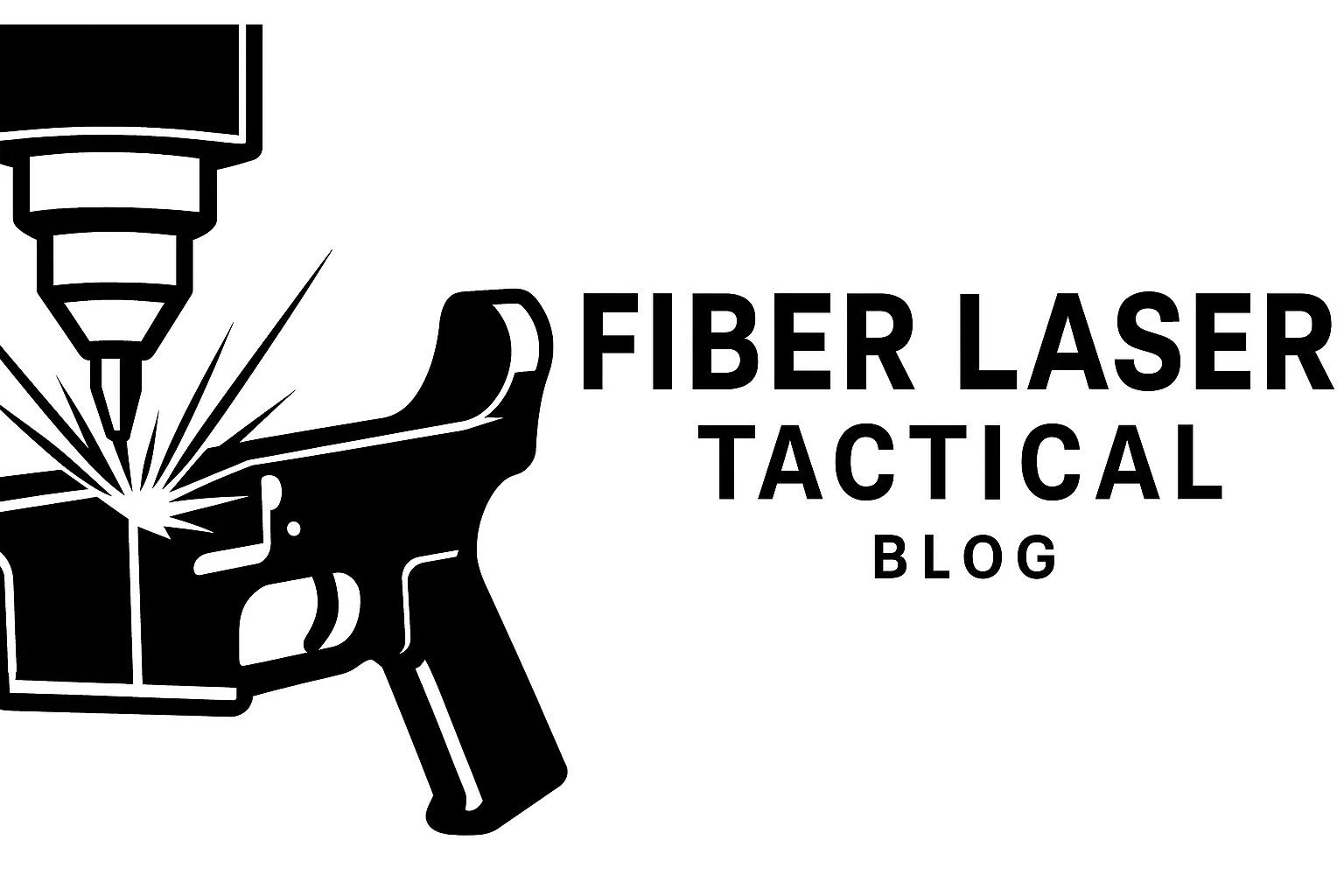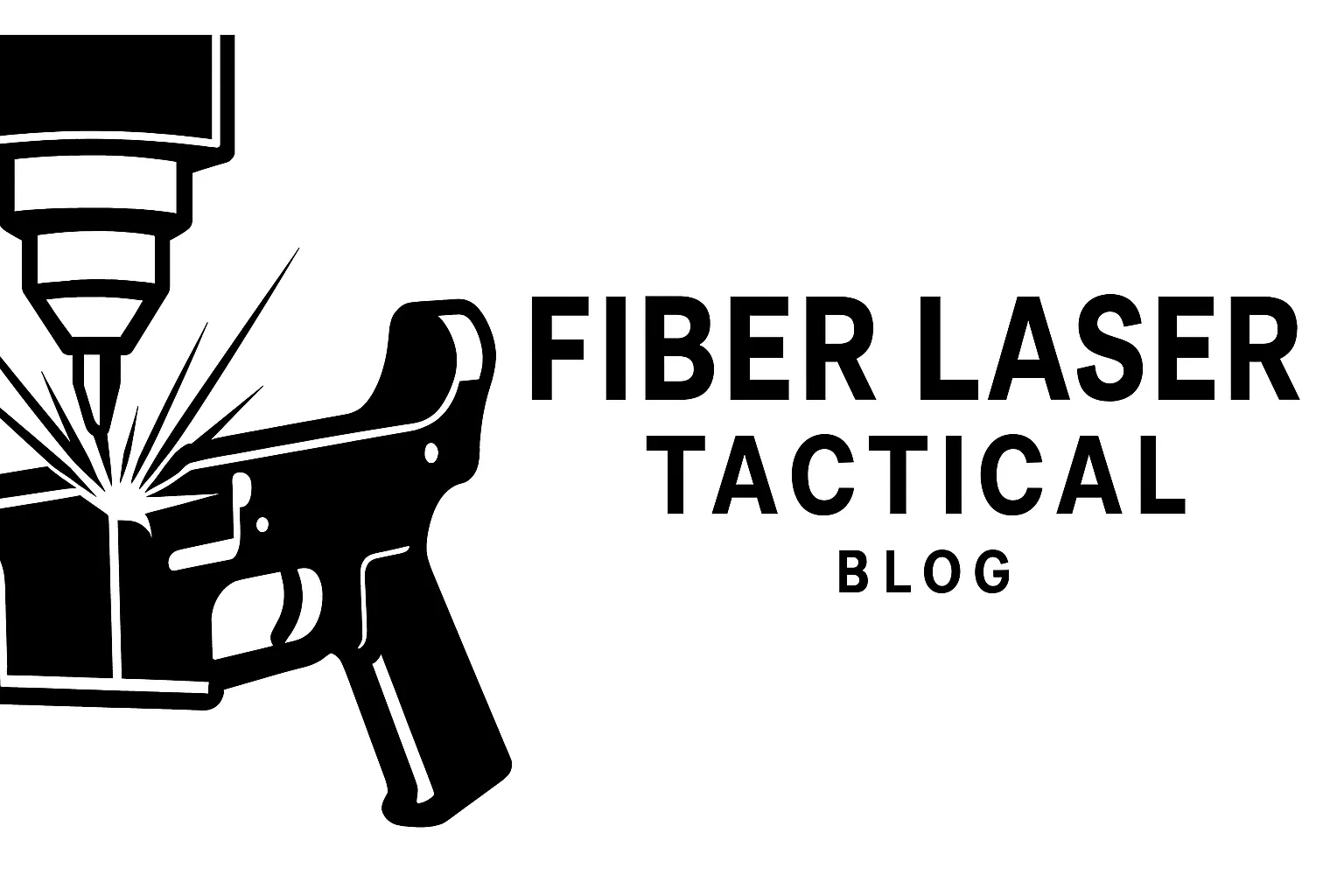If you’ve ever struggled with inconsistent results or scorched edges, chances are your fiber laser settings need a tune-up. Understanding how power, speed, and frequency work together is the key to clean, precise, and repeatable engravings.
🔥 Power (% or Watts)
Power determines how much energy the laser outputs.
- Higher power = deeper cuts
- Lower power = better for detailed surface marking
Tip: Start low and increase gradually to avoid overburning or warping thin materials.
🏃 Speed (mm/s)
Speed controls how fast the laser head moves.
- Faster = shallower engrave, cleaner surface
- Slower = deeper, but more heat buildup
Balance is key. Too slow and you risk discoloration—too fast and the mark may be barely visible.
🌀 Frequency (kHz)
Frequency is how often the laser pulses.
- Lower frequencies (20–30 kHz): deeper engraving with more material removal
- Higher frequencies (50–100 kHz): cleaner surface marking with less penetration
This is often overlooked—but it drastically affects finish quality.
⚙️ Suggested Starting Settings (JPT 30W Example – Raw Aluminum)
| Operation | Power | Speed | Frequency |
|---|---|---|---|
| Surface Marking | 20% | 1000mm/s | 60 kHz |
| Deep Engraving | 80% | 300mm/s | 25 kHz |
| Black Marking | 35% | 800mm/s | 65 kHz |
Always test on scrap material first. Every metal reacts differently.
🧪 Pro Tip:
Use multiple passes with moderate power instead of one aggressive pass. You’ll get cleaner results and reduce heat stress on your part.
💬 Final Word
Perfect settings aren’t “one-size-fits-all.” Keep a logbook of your best combos for each material and project—it’ll save you hours down the road.
Coming soon:
🔜 “How to Engrave Coated and Anodized Surfaces Without Burning Through”


1 Comment
Leave your reply.